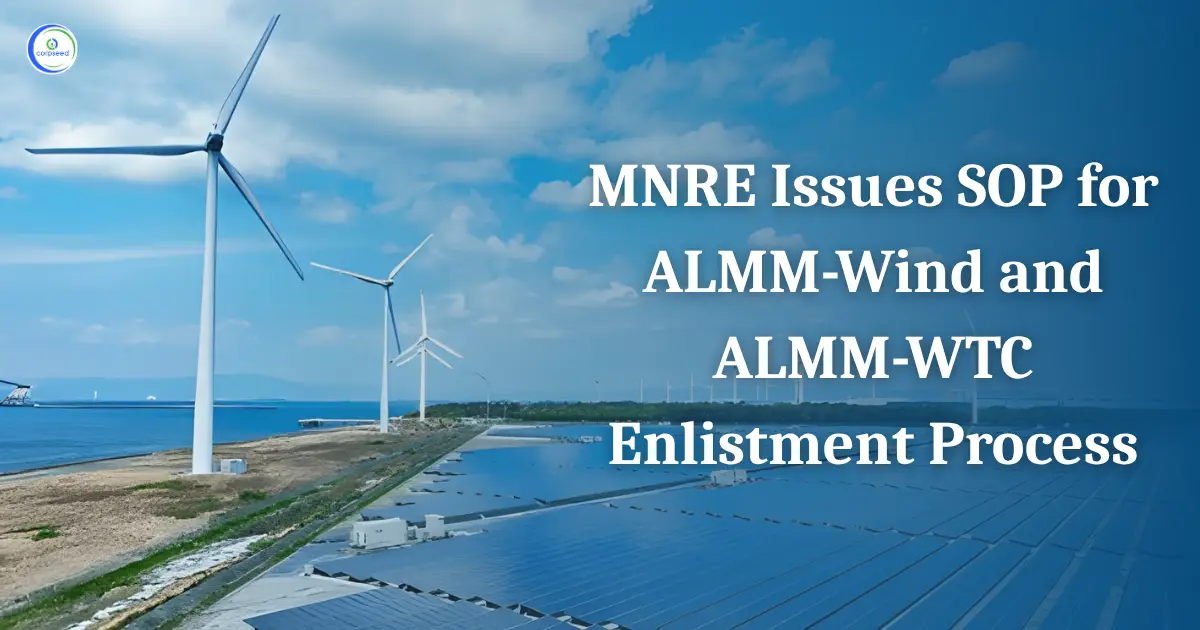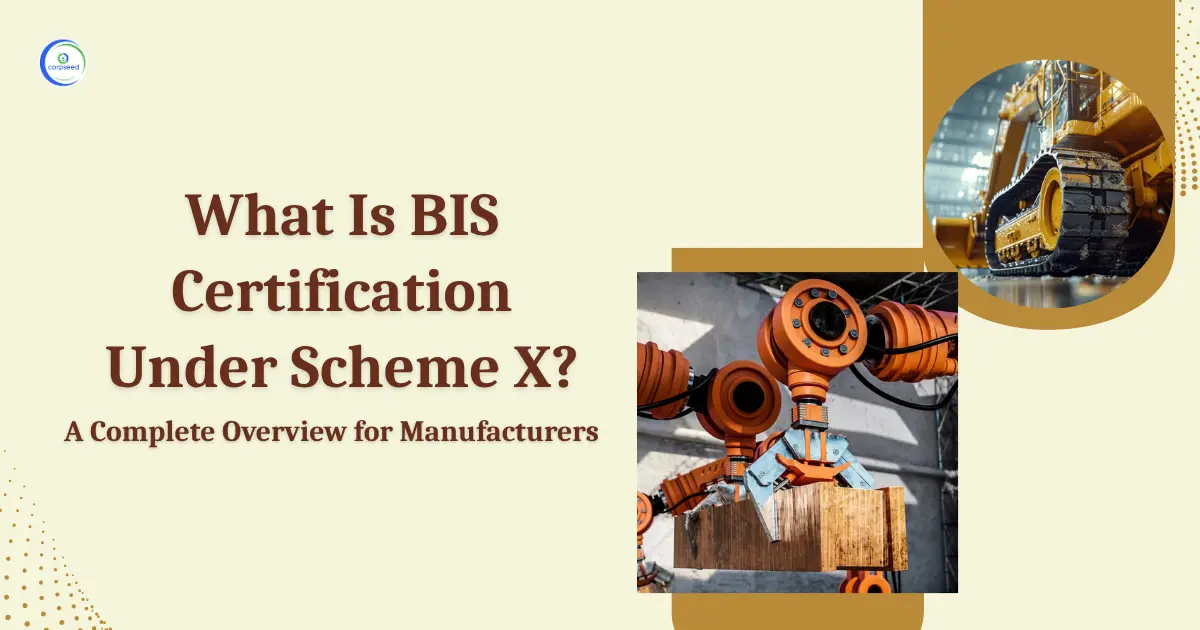Introduction: Telecommunication Engineering Centre
The radio frequencies around us can affect the human tissues if absorbed in large quantities. Also, the same frequencies created a hindrance in the working of other wireless equipment.
Table of Contents
--------------Blog Contact Form-------------
These wireless frequencies are all around us, from our mobile phones to our Wi-Fi routers. We are surrounded by the radio frequencies in our 24 hours of the day. To encounter the harmful effects of these frequencies on the human body and other wireless operating equipment, Indian Telegraph (amendment) rules 2017 was introduced in order to keep a check on such devices and to make sure no harmful effects are on the human body and other wireless operating equipment.
Telecommunication Engineering Centre was established under the preview of the Department of Telecom to regulate the telegraph rules in India. It makes sure that the equipment meets all TEC prescribed essential requirements.
The certification process endeavors to encourage.
- The telecom equipment does not degrade the performance of the existing network to which it is connected.
- Safety of the end-user of the telecom device.
- Protection of users and the general public by ensuring that radio frequency emissions from equipment d not exceed prescribed standards
- The telecom equipment complies with the relevant national and international regulatory standards and requirements.
The Indian Telegraph (Amendment) Rules, 2017, provide that every piece of telecom equipment must undergo mandatory testing and certification before its sold or imported in India. Any Original Equipment Manufacturer (OEM)/ importer/ dealer who wishes to sell, import, or use any telecom equipment in India, shall have to obtain a Certificate from Telecommunication Engineering Centre (TEC) and mark or affix the equipment with the appropriate Certification label. Telecommunication Engineering Centre (TEC) functions under the Department of Telecommunications (DoT), Government of India. Its activities include:
- Issue of Generic Requirements (GR), Interface Requirements (IR), Service Requirements (SR), and Standards for Telecom Products and Services.
- Field evaluation of products and Systems.
- National Fundamental Plans.
- Support to DoT on technology issues.
- Testing & Certification of Telecom products.
TEC certificate guarantees the safety and standard of the telecom equipment. Details below
- The Indian telegraph rules 2017, notified that every OEM or Original Equipment Manufacturer or importer who wishes to market any telecom products in India must obtain TEC certificate and mark or fix the product with appropriate certificate labels.
- To protect end-users by ensuring that RF or Radio Frequency emission from equipment does not exceed the approved standards.
- That the telecom equipment complies with applicable national and international standards & technical requirements.
- TEC certificates make sure that telecom equipment does not degrade the performance of an existing network where it is connected.
- To ensure the safety of product.
- The telecom products meet all TEC-approved ERs or mandatory standards.
The certification is designed for 37 different product categories in five different phases. The implementation of mandatory certification is divided into five phases.
It started first with the 6 product categories on phase 1 and as on today phase III, 10 product categories are under the voluntary phase of registration. And will fall under the mandatory certification from 30 June 2020.
Product Categories under various Phases:
Phase 1- (Effective from 1st October 2019)
- Wire Telephone Equipment.
- G3 Fax Machine.
- ISDN Customer premise equipment.
- Modem.
- Private Automatic Branch Exchange.
- Cordless Phone.
Phase 2- (Effective from 1st October 2020)
- GPON Equipment.
- Feedback devices.
- Transmission terminal equipment.
Phase 3- (Effective from 6th June 2022)
- Base station for cellular network.
- Compact cellular network.
- Conferencing and presentation equipment.
- Conferencing equipment.
- DSL Equipment.
- End point device for environmental monitoring.
- Equipment operating in 2.4 Ghz & 5 Ghz band.
- HF Radio.
- IOT Gateway
- IP Terminal
Phase 4-
- LAN Switch.
- Media Gateway.
- Mobile Handset.
- Media Converter.
- Mobile radio trunking systems.
- PTP PMP Microwave fixed radio systems.
- Point of sale devices.
- Repeater for cellular network.
- Router.
- Satellite Communication equipment.
Phase 5-
- Session border controller.
- Signaling Gateway.
- Smart Camera.
- Smart Electricity meter.
- Smart Watch.
- Soft Switch.
- Tracking device.
- VHF UHF radio system equipment.
Process of TEC registration:
The entire process of TEC is registration can be categorized into 4 major steps as shown below
Step1: Applicant registration
Only individuals, employed by Indian companies, which are OEM/ brand owners or authorized Indian representatives (AIR) of foreign OEMs are permitted to register on the MTCTE portal. The applicant has to fill all the relevant details on the portal followed with documents during registration, post submission the details and documents are scrutinized by MTCTE, and login credentials are granted to the applicant after confirmation.
Step2: Application filling and Testing
The applicant willing to file a new application needs to visit the dashboard and click on the fresh application tab. Under the Fresh Application/ Enter Details, the User needs to select Type of Certification i.e. Certification under MTCTE. The user needs to select “Certification under MTCTE”, and read the privacy policy until the end, by scrolling down. Post entering all the details applicant needs to pay application fees either online or offline.
The testing of the product must be from BIS designated labs (CAB), which further needs to be uploaded on the portal.
Step3: Approval/Certificate
The submitted file is scrutinized by the officer for the final approval/certificate against the application. The user can download the certificate from the certificate dashboard which is valid for 5 years from the date grant.
Step4: Surveillance
Surveillance of products under MTCTE is carried out by Licensed Service Area (LSA) field units of the Department of Telecommunications. It ensures that the telegraph used/ sold has required certifications and/ or conforms to the Essential Requirements of existing certifications. Such inspection and/ or testing may be carried out periodically, or at the discretion of Telegraph Authority/ Appropriate Authority, or due to any complaint.
TEC
TEC is a Government body for the Testing and maintaining of standards for Department of Telecom, Government of India. TEC takes care of testing and certifying of products for the Telecom Industry.
This portion of the site is for informational purposes only. The content is not legal advice. The statements and opinions are the expression of author, not corpseed, and have not been evaluated by corpseed for accuracy, completeness, or changes in the law.
BOOK A FREE CONSULTATION
Get help from an experienced legal adviser. Schedule your consultation at a time that works for you and it's absolutely FREE.










_CORPSEED.webp)